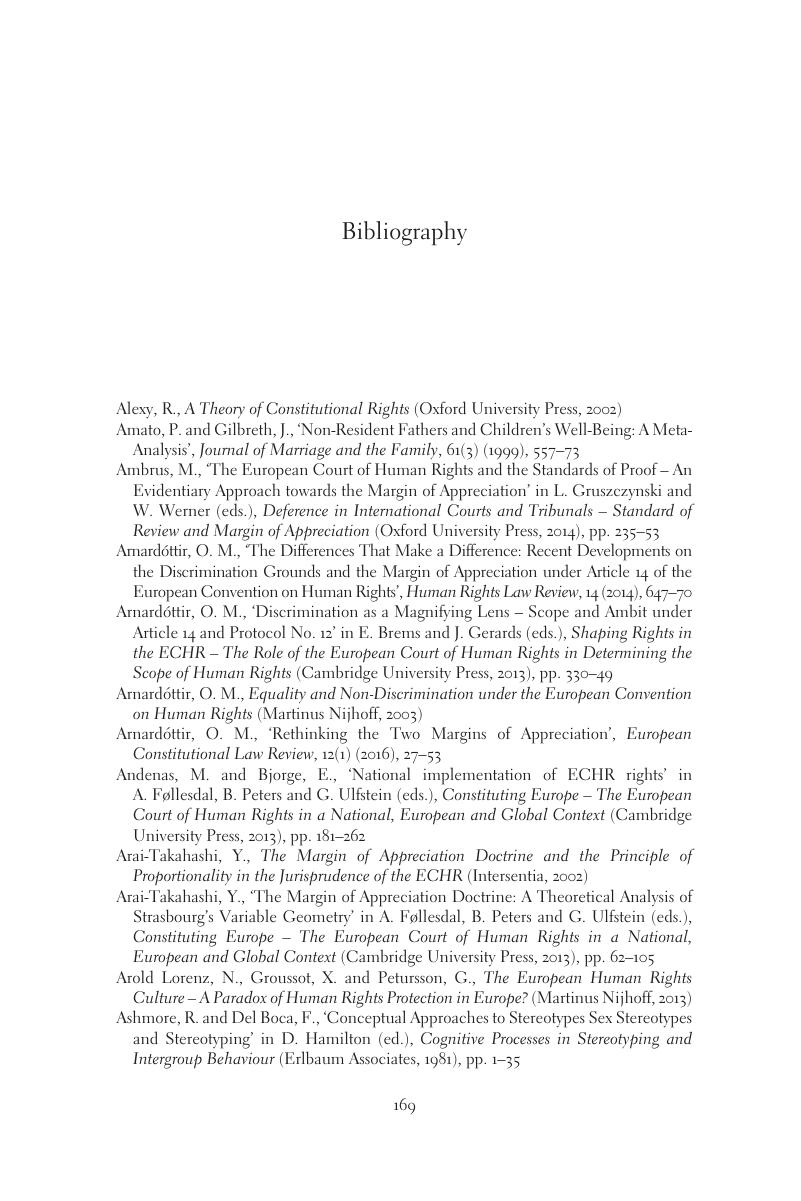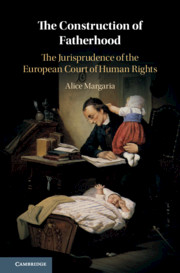Book contents
- The Construction of Fatherhood
- The Construction of Fatherhood
- Copyright page
- Dedication
- Contents
- Foreword
- Acknowledgements
- Introduction
- 1 Fatherhood and the Law in Europe
- 2 The ECtHR and Fatherhood: Limits and Potential
- 3 Fatherhood and Assisted Reproduction
- 4 Post-Separation and Unmarried Fatherhood
- 5 Fatherhood and Family–Work Reconciliation
- 6 Fatherhood and Homosexuality
- 7 Fatherhood at the ECtHR
- Bibliography
- Index
- References
Bibliography
Published online by Cambridge University Press: 21 November 2019
- The Construction of Fatherhood
- The Construction of Fatherhood
- Copyright page
- Dedication
- Contents
- Foreword
- Acknowledgements
- Introduction
- 1 Fatherhood and the Law in Europe
- 2 The ECtHR and Fatherhood: Limits and Potential
- 3 Fatherhood and Assisted Reproduction
- 4 Post-Separation and Unmarried Fatherhood
- 5 Fatherhood and Family–Work Reconciliation
- 6 Fatherhood and Homosexuality
- 7 Fatherhood at the ECtHR
- Bibliography
- Index
- References
Summary

- Type
- Chapter
- Information
- The Construction of FatherhoodThe Jurisprudence of the European Court of Human Rights, pp. 169 - 185Publisher: Cambridge University PressPrint publication year: 2019



